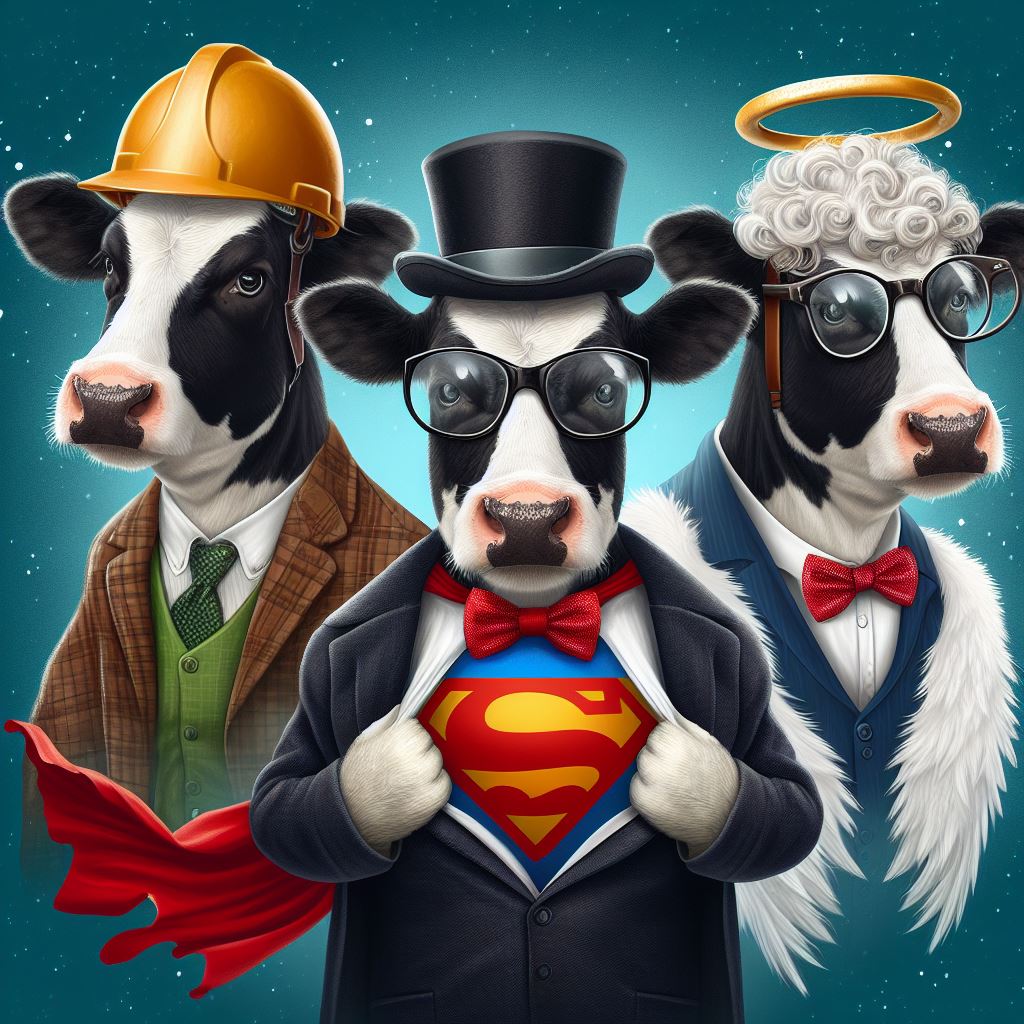
MOOVING on!
In my previous post, I introduced the four drivers: Hero, Engineer, Angel, and Discoverer. In this post, I will dive a bit deeper to demonstrate how drivers play a pivotal role in shaping not just individual perspectives but the essence of organisational culture in the intricate tapestry of our professional world. Much like an artisan wielding a tool, our insights can be a beacon of positivity, illuminating pathways to constructive feedback and growth. However, these same insights hold the potential to become double-edged swords, offering justification for behaviours both admirable and toxic.
Ironically, leaders often fall prey to this justification trap, unknowingly fostering environments rife with discontent and negativity. Despite their best intentions, they may need to recognise how their actions, driven by underlying motivations, can breed discord within their teams.
An organisation is fundamentally a collective of individuals, and the behavioural patterns exhibited by its leaders set the tone for its culture.
Understanding the drivers behind these behaviours is therefore paramount. A journey can lead from heroism to dictatorship or even anarchy with alarming ease.
Yet identifying our drivers is only scratching the surface. What truly matters is how we harness their power. Are we driven by raw emotion, calm rationality, or steadfast values? Each path presents its own set of challenges and opportunities.
Consider the hero driven by passion—a beacon of competitiveness and drive. Yet, unchecked, this fervour can morph into a relentless pursuit of victory at any cost. Conversely, a hero guided by reason may lose sight of the human element, becoming overly focused on goals to the detriment of relationships.
Then there’s the hero grounded in values, prioritising purpose above personal gain. This breed of leader navigates storms with equanimity, weighing emotions against calculated interventions. Balance lies in understanding and tempering our drivers, wielding them in harmony rather than allowing one to dominate.
Recognising our inherent strengths and limitations is the first step toward effective leadership. No one leader can excel in every aspect, but by surrounding ourselves with complementary forces, we can collectively strive for greatness.
Indeed, an organisation’s purpose is intricately tied to the drivers of its leadership. By aligning these motivations with a shared vision, we pave the way for a culture that thrives on purpose, collaboration, and growth.
In the purpose workshops we are running we help leaders understand how to bring all this together to create a purpose statement that emotionally connects, rationally invokes action. To know more about these workshops click here.
| Cookie | Duration | Description |
|---|---|---|
| cookielawinfo-checkbox-analytics | 11 months | Kaya - Demonstrating the impact of your people investments using data and insights Kaya measures cost of people and poor wellbeing, shows its impact on performance, generates actionable plans to address these challenges This cookie is set by GDPR Cookie Consent plugin. The cookie is used to store the user consent for the cookies in the category "Analytics". |
| cookielawinfo-checkbox-functional | 11 months | Kaya - Demonstrating the impact of your people investments using data and insights Kaya measures cost of people and poor wellbeing, shows its impact on performance, generates actionable plans to address these challenges The cookie is set by GDPR cookie consent to record the user consent for the cookies in the category "Functional". |
| cookielawinfo-checkbox-necessary | 11 months | Kaya - Demonstrating the impact of your people investments using data and insights Kaya measures cost of people and poor wellbeing, shows its impact on performance, generates actionable plans to address these challenges This cookie is set by GDPR Cookie Consent plugin. The cookies is used to store the user consent for the cookies in the category "Necessary". |
| cookielawinfo-checkbox-others | 11 months | Kaya - Demonstrating the impact of your people investments using data and insights Kaya measures cost of people and poor wellbeing, shows its impact on performance, generates actionable plans to address these challenges This cookie is set by GDPR Cookie Consent plugin. The cookie is used to store the user consent for the cookies in the category "Other. |
| cookielawinfo-checkbox-performance | 11 months | Kaya - Demonstrating the impact of your people investments using data and insights Kaya measures cost of people and poor wellbeing, shows its impact on performance, generates actionable plans to address these challenges This cookie is set by GDPR Cookie Consent plugin. The cookie is used to store the user consent for the cookies in the category "Performance". |
| viewed_cookie_policy | 11 months | Kaya - Demonstrating the impact of your people investments using data and insights Kaya measures cost of people and poor wellbeing, shows its impact on performance, generates actionable plans to address these challenges |